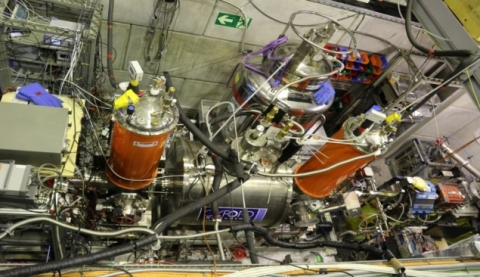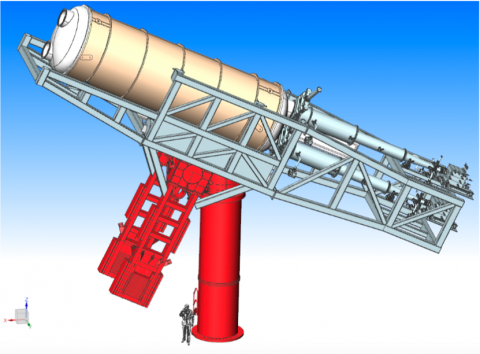Axions
BASE develops a new technique to detect ultralight dark matter.
In a recent work published in Physical Review Letters [1], the Baryon Antibaryon Symmetry Experiment (BASE) at CERN has placed new limits on a possible coupling between photons and hypothetical axionlike dark matter particles with masses…
Read moreBabyIAXO submits for publication its Conceptual Design Report
The International Axion Observatory (IAXO) will search for axions or axion-like particles emitted by the Sun with unprecedented sensitivity. Axions are hypothetical particles that appear in extensions of the Standard Model that include the Peccei-…
Read moreCAST: from Solar to Dark Matter Axions searches
*/ CERN’s Axion Solar telescope (CAST) has been running since 2003 searching for the axion: a hypothetical particle introduced in 1978 as a consequence of the Peccei-Quinn mechanism aiming to solve the strong CP problem, i.e why is the neutron…
Read moreExperimental searches for solar and dark matter axions
Detection of solar axions If axions exist, they would be produced in large quantities in the solar interior. Photons from the solar plasma would convert into axions in the Coulomb fields of charged particles via the Primakoff axion-photon conversion…
Read moreInterview with Helen Quinn
Helen Quinn, a professor emerita at the Department of Energy’s SLAC National Accelerator Laboratory and Stanford University, received the 2018 Benjamin Franklin Medal in Physics last April for her accomplishments in the field of particle physics.…
Read more

